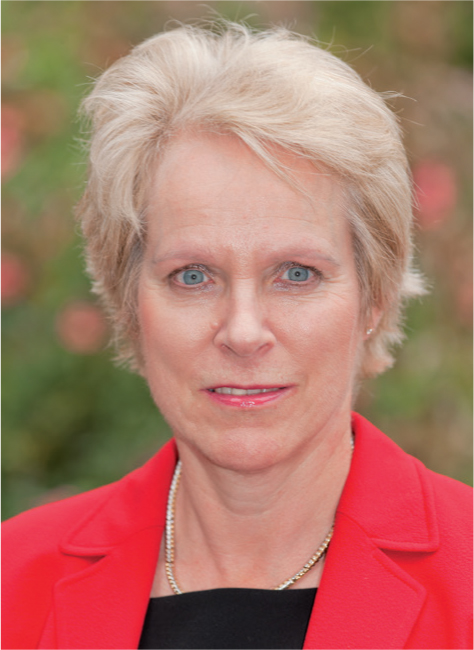
The COVID-19 pandemic has placed an almost intolerable strain upon the NHS and its workforce, with the inevitable postponement of some treatments in an attempt to manage the unprecedented requirements of the pandemic. In England, there are 6 million people waiting for NHS care, including specialist mental health care, and referral to treatment (RTT) waiting times are growing ever longer, with 63% of patients waiting up to 18 weeks to commence hospital treatment (NHS England, 2022). Cancer treatments are being delayed, and patients are waiting longer in major accident and emergency departments (House of Commons, 2022). Levels of assurance in the ability to receive NHS care when needed has fallen, with 69% of a representative sample of 1005 adults aged 18 years and over from across the UK, who were interviewed in December 2021, reporting that they were not confident that they could get an appointment with a GP at a time when it was wanted (Ipsos, 2021).
The Health Committee of the UK Parliament ceased seeking evidence about the future of general practice on 1 February 2022, but has continued to take oral evidence about NHS workforce challenges, including those affecting primary care (House of Commons, 2022). The British Medical Association (BMA) (2022) has been vociferous in highlighting the pressures facing general practice, with the failure to increase the GP workforce since 2015 despite demographic changes, as well as the associated demands of an increasingly complex patient profile.
In this context, the sustainability and desirability of the partner/small business model, with its complicated contracting and reimbursement system, alongside the variable quality of premises, has been questioned (Phillips et al, 2022). Phillips et al (2022) have recommended wide-ranging reforms, including the phasing out of the self-employed independent contractor, to be replaced by scaled primary care providers with a consistent focus on continuity of care, including interpersonal continuity of care. They have asserted that frictionless informational and longitudinal continuity is more likely with the effective use of technology associated with scaled primary care providers (Phillips et al, 2022). However, Phillips et al (2022) recognised the imperative of improved workforce recruitment and retention, including not only trained GPs but also other healthcare professionals, such as nurses and pharmacists. Finally, they proposed that general practice become the foundation layer of a digital-first strategy for the NHS, ensuring interoperability across integrated care systems and the whole of the NHS (Phillips et al, 2022). Phillips et al (2022) also noted the low use of high-quality video consultations, despite their success in other sectors, although they acknowledged that their use must be clinically appropriate and desired by the consumer, to avoid exacerbating the ‘digital divide’.
In response to the Policy Exchange report (Phillips et al, 2022), the Royal College of General Practitioners (RCGP) (2022) has supported the report's call for a ‘rescue package’ for general practice and renewed its demand for investment in staffing, technology and premises, alongside measures to address workloads and access issues. However, the RCGP also defended the current model for delivering general practice services as good value for money.
Leary and Bushe (2022) have developed district nursing workforce standards, drawing upon data from a range of sources, including the Office for National Statistics, activity analysis from 26 district nursing providers and various surveys, and tested their findings with those supporting district nursing services across neighbourhoods and geographical populations. As with general practice, district nursing workloads have increased, but with some referrals occurring because other professionals and services, such as general practice, are short-staffed. Leary and Bushe (2022) noted that district nursing caseloads exceeding 150 clients were associated with more work left undone and deferred visits, and recommended that their regular occurrence should constitute a red flag, alongside high turnover and high sickness rates among district nursing staff. They recommended that the use of workforce scheduling tools should be judicious, as practice contexts vary in regards to care complexity and its unpredictability, as well as travel time (Leary and Bushe, 2022). The challenge of communicating effectively across a number of general practices and other services adds to the district nursing workload (Leary and Bushe, 2022).
‘In England, there are 6 million people waiting for NHS care, including specialist mental health care, and referral to treatment waiting times are growing ever longer, with 63% of patients waiting up to 18 weeks to commence hospital treatment.’
The danger is that attempts to strengthen general practice through reform may cause an unintentional increased workload for district nursing services, which might occur without a commensurate rescue package for these services. The BMA's effective championing of GPs may be to the neglect of other health professionals who deliver care in the health ecosystem.


